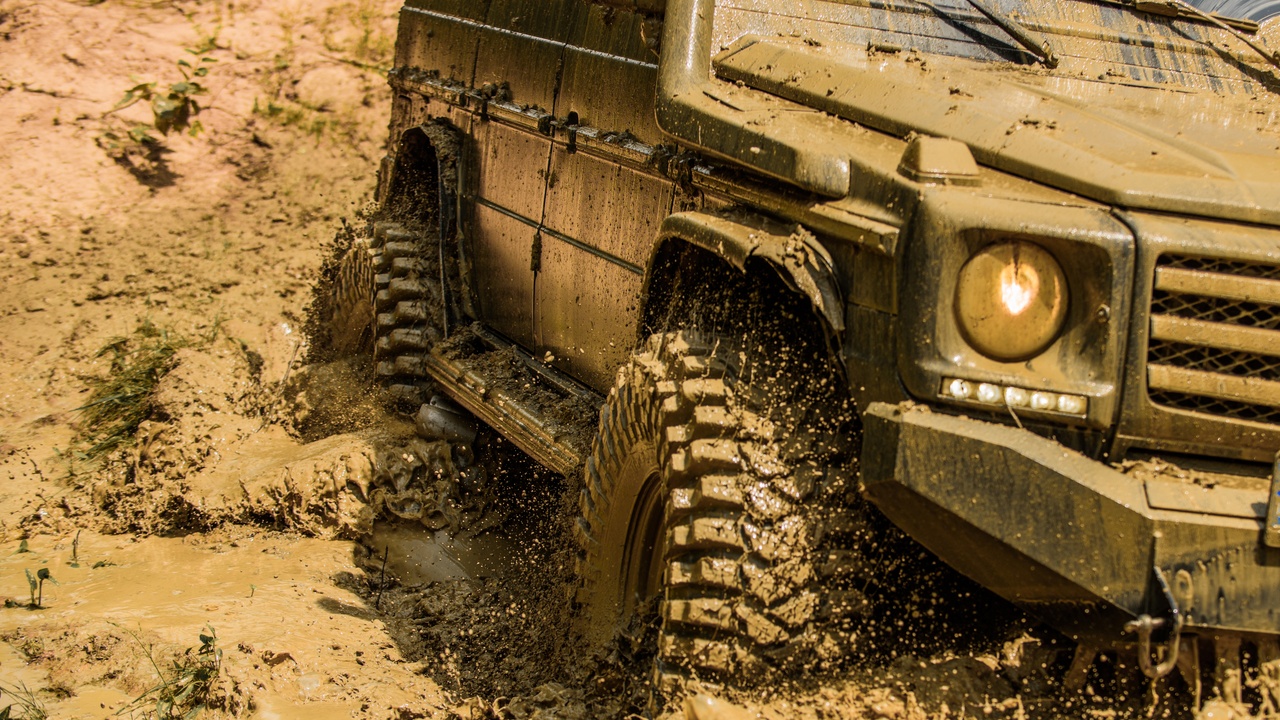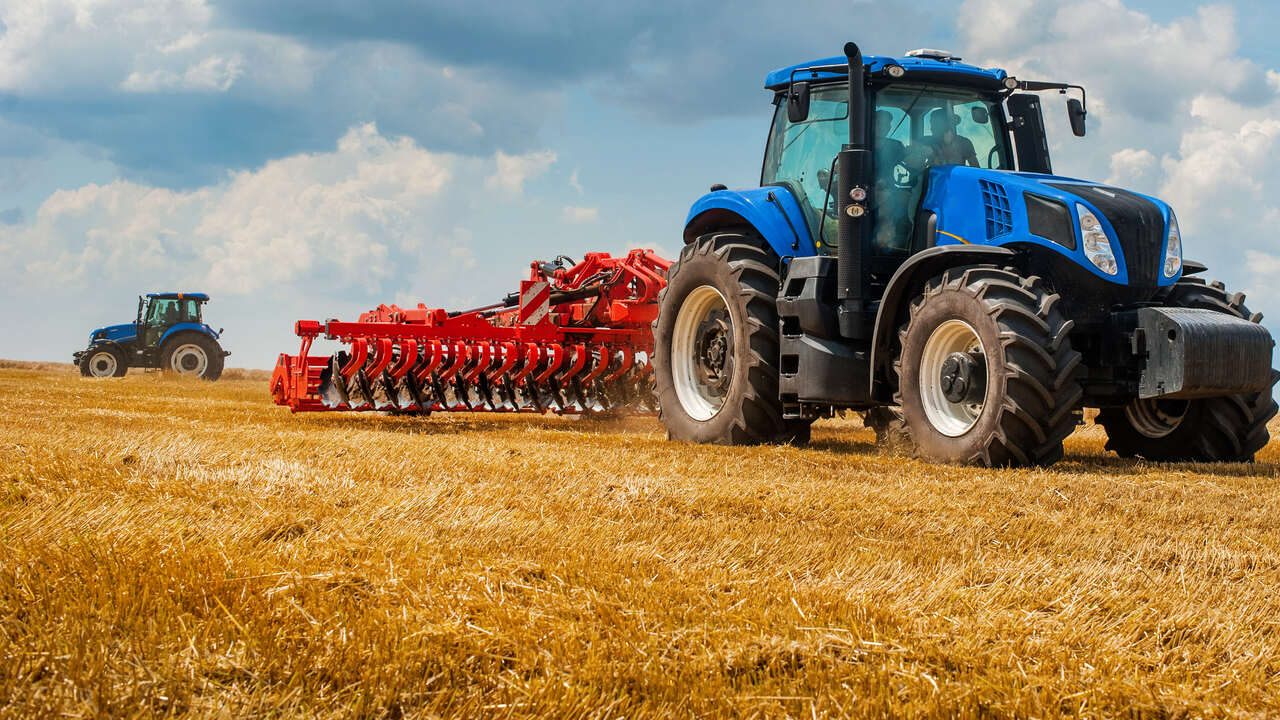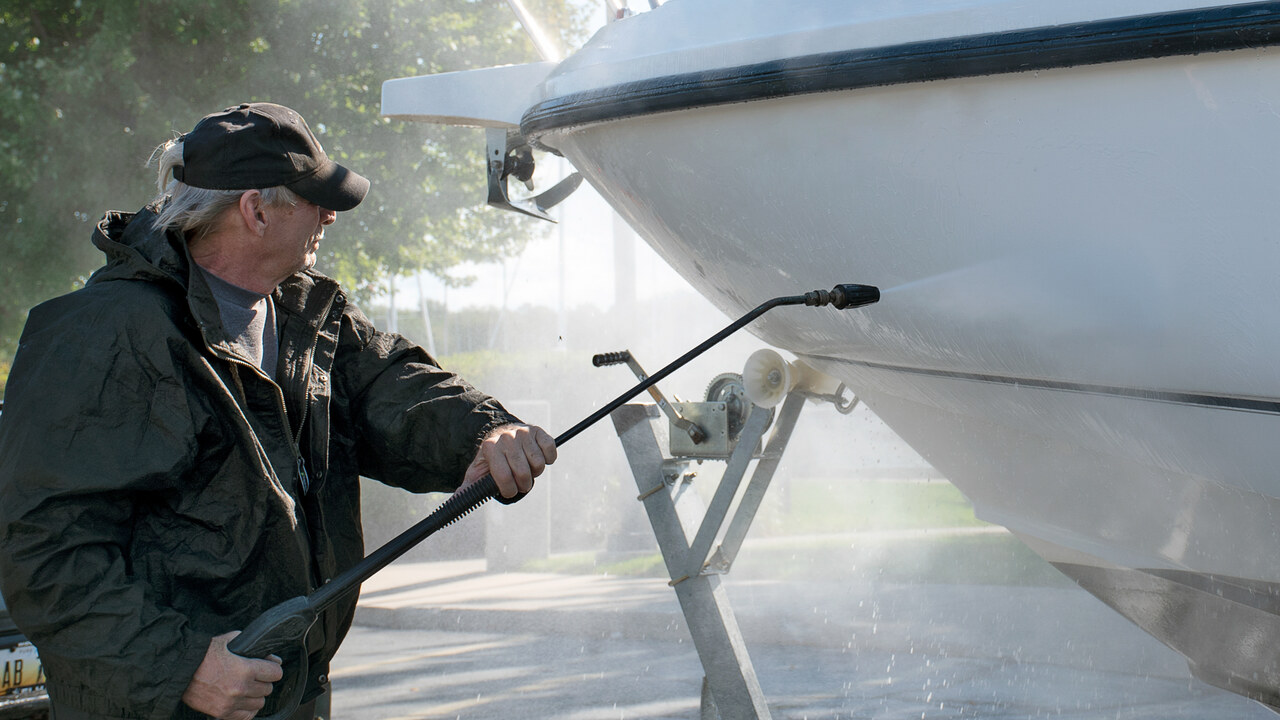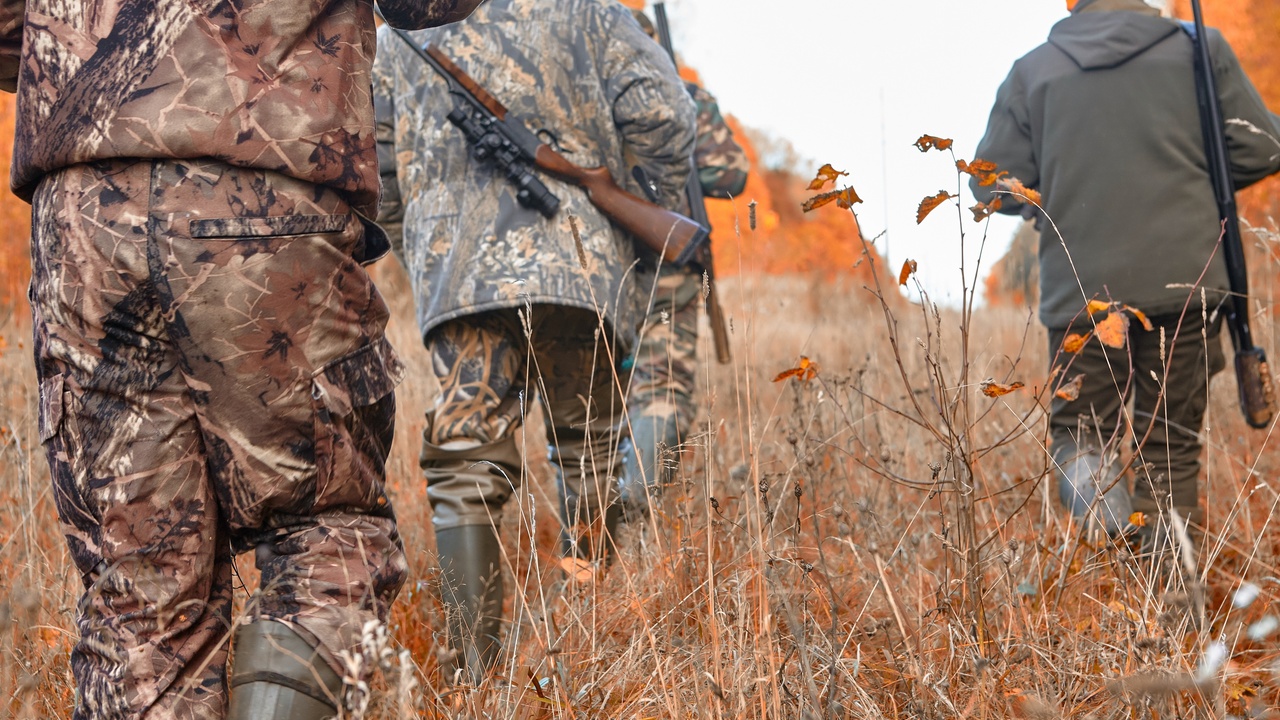Navigate off-road trails like a pro with this in-depth guide to everything you need to know before prepping your SUV, ATV, or 4x4 truck for any terrain.
Category: Outdoor Life
What To Expect When Fishing During the Different Seasons
Discover the joys of year-round fishing! Explore seasonal tips, species, and strategies to make every fishing trip an adventure, no matter the time of year.
The Pros and Cons of New Versus Old Farm Equipment
Should you buy new or used farm equipment? Discover the benefits and drawbacks of each option and make an informed choice for your farming operations.
Choosing the Right Cleaning Products for Fiberglass Boats
Choosing the right cleaning products for fiberglass boats ensures lasting shine and protection. Avoid damage, remove stains, and keep your boat pristine.
How To Prepare for Your First Guided Hunting Adventure
Going on your first guided hunt? Get tips on choosing a guide, packing smart, and what to expect so your adventure is smooth, safe, and memorable.





